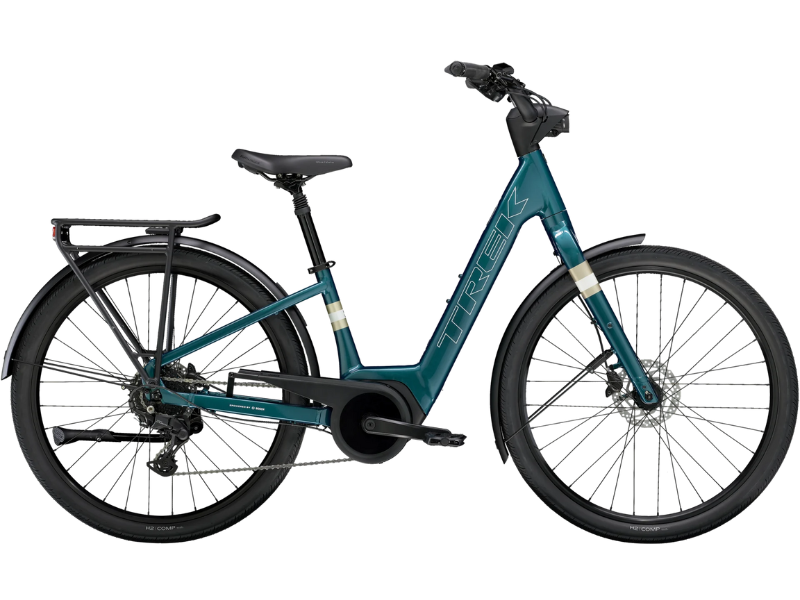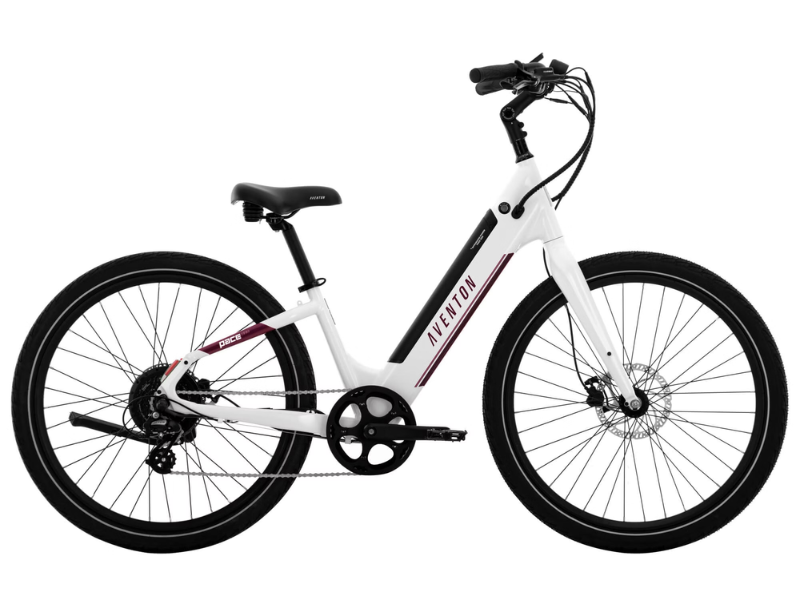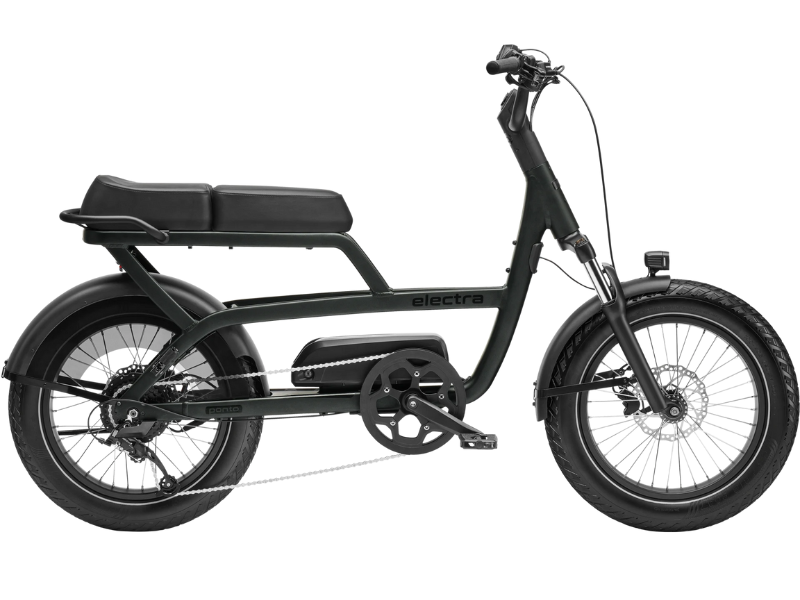Understanding E-Bike Classification: A Comprehensive Guide by Rock On Wheels
- Posted on
- Posted in e-bike, ebikes, rock on wheels
- 0

E-bike classification plays a significant role in determining the capabilities and legal requirements of your electric bike. Understanding the differences between Class 1, Class 2, and Class 3 e-bikes empowers you to make informed decisions and enjoy a safe and compliant riding experience. At Rock On Wheels, we're committed to providing top-quality e-bikes and exceptional customer service to support your e-bike journey. Get ready to ride with confidence and explore the world on two wheels powered by Rock On Wheels!
In recent years, the popularity of electric bikes (e-bikes) has soared as more people seek eco-friendly and efficient ways to commute and explore the outdoors. However, with this surge in demand comes a need for clarity regarding e-bike classification. At Rock On Wheels, we believe that understanding these classifications is essential for riders to make informed choices. In this comprehensive guide, we will delve into the world of e-bike classifications to help you navigate your e-bike journey with confidence.
What is an E-Bike?
Before diving into classifications, let's define what an e-bike is. An electric bike, or e-bike, is a bicycle equipped with an electric motor that assists the rider's pedal power. This motor provides varying levels of assistance, making it easier to climb hills, cover longer distances, and ride against headwinds. E-bikes are powered by rechargeable batteries and are an eco-friendly alternative to traditional gas-powered vehicles.
E-Bike Classifications Explained
E-bikes are classified based on their power output, speed capabilities, and the level of assistance they provide. Understanding these classifications is crucial as they determine where and how you can ride your e-bike legally. The three main classifications recognized in many regions include Class 1, Class 2, and Class 3 e-bikes:
1. Class 1 E-Bikes

Class 1 e-bikes are equipped with a pedal-assist system that provides assistance only when the rider is pedaling. The motor assistance stops once the bike reaches a speed of 20 miles per hour (32 kilometers per hour). These bikes are often preferred for recreational riding, commuting, and fitness purposes. Class 1 e-bikes are allowed on most bike paths and trails where traditional bicycles are permitted.
2. Class 2 E-Bikes

Class 2 e-bikes feature a throttle in addition to pedal-assist. This means riders can activate the motor without pedaling, providing a boost of power up to 20 miles per hour (32 kilometers per hour). Class 2 e-bikes are suitable for riders who may need extra assistance, such as individuals with limited mobility or those who prefer a more leisurely ride. However, it's essential to check local regulations as some areas may restrict where Class 2 e-bikes can be ridden.
3. Class 3 E-Bikes

Class 3 e-bikes are similar to Class 1 e-bikes in that they rely on pedal-assist to provide assistance. However, the key difference is that Class 3 e-bikes can reach speeds of up to 28 miles per hour (45 kilometers per hour) before the motor assistance cuts off. These bikes are ideal for commuters looking to cover longer distances quickly while still enjoying the benefits of pedal assistance. Like Class 1 e-bikes, Class 3 e-bikes are typically permitted on bike paths and trails, but regulations may vary by location.
Additional Considerations
While the three main e-bike classifications provide a general framework, there are additional factors to consider when choosing an e-bike:
Battery Capacity and Range
E-bikes come with different battery capacities, which directly impact their range. Higher capacity batteries can provide longer rides between charges, making them suitable for riders who need extended range capabilities.
Frame Design and Riding Style
E-bikes come in various frame designs, including traditional bikes, step-through frames, and fat-tire models. Your riding style and preferences will influence the type of frame that best suits your needs, whether you're commuting, mountain biking, or cruising around town.
Legal Requirements
Before purchasing an e-bike, familiarize yourself with local laws and regulations regarding e-bike classifications, speed limits, and where e-bikes are permitted. Compliance with these regulations ensures a safe and enjoyable riding experience while avoiding potential fines or legal issues.
Why Choose Rock On Wheels?
At Rock On Wheels, we're passionate about providing high-quality e-bikes that cater to diverse rider preferences and needs. Our extensive range of e-bikes includes Class 1, Class 2, and Class 3 models, ensuring there's a perfect fit for every rider. Here are some reasons to choose Rock On Wheels for your e-bike journey:
Quality and Durability
We prioritize quality and durability in every e-bike we offer. From premium components to rigorous testing, our e-bikes are built to withstand various terrains and riding conditions, ensuring long-lasting performance and enjoyment.
Variety of Options
Whether you're a commuter, trail enthusiast, or leisure rider, we have a wide selection of e-bikes to choose from. Explore our range of frame styles, battery capacities, and motor options to find the perfect e-bike that aligns with your riding goals.
Expert Guidance and Support
Our team of e-bike experts is dedicated to providing exceptional customer service. From helping you choose the right e-bike to offering maintenance tips and support, we're here to ensure you have a seamless and enjoyable riding experience.
Eco-Friendly Transportation
By choosing an e-bike from Rock On Wheels, you're not only investing in a convenient and fun mode of transportation but also contributing to a greener planet. E-bikes produce zero emissions and reduce reliance on fossil fuels, making them a sustainable choice for eco-conscious riders.
Conclusion
E-bike classification plays a significant role in determining the capabilities and legal requirements of your electric bike. Understanding the differences between Class 1, Class 2, and Class 3 e-bikes empowers you to make informed decisions and enjoy a safe and compliant riding experience. At Rock On Wheels, we're committed to providing top-quality e-bikes and exceptional customer service to support your e-bike journey. Shop our e-bike selection to get ready to ride with confidence and explore the world on two wheels powered by Rock On Wheels!

Comments
Be the first to comment...